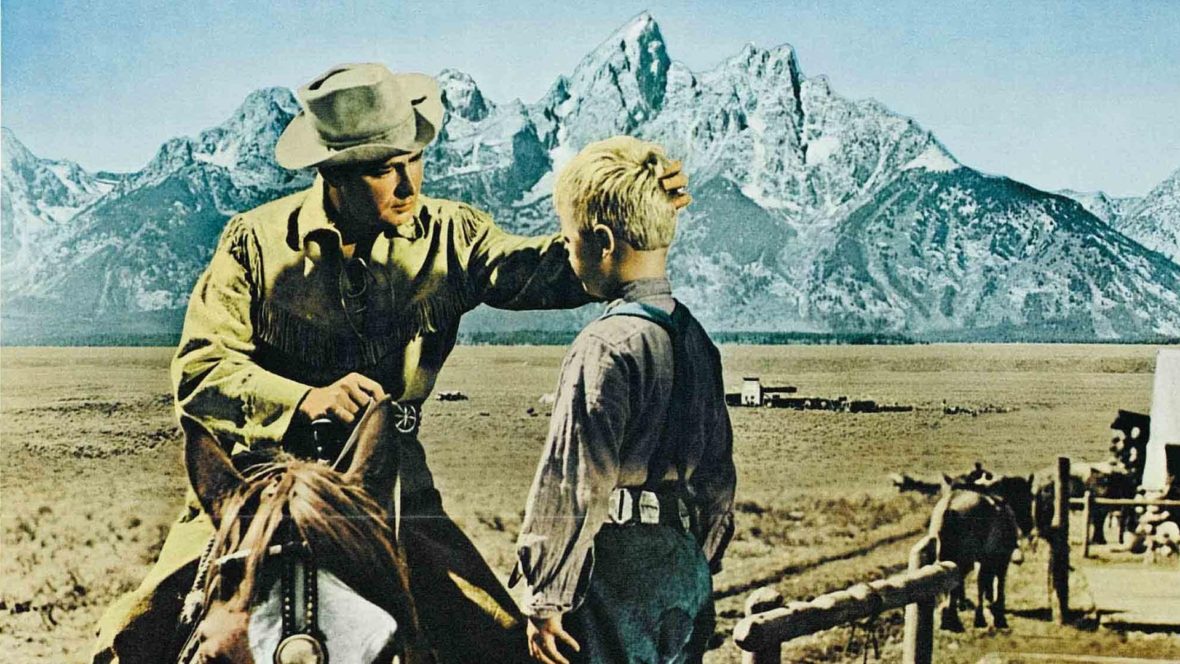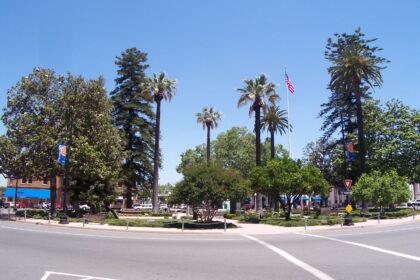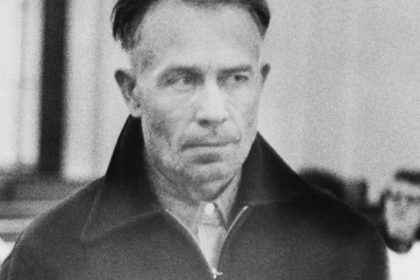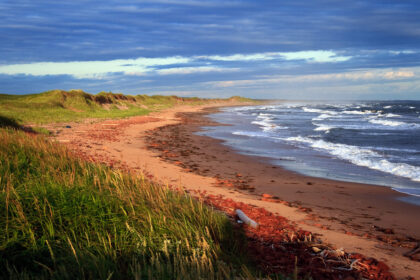Shane is a 1953 American Technicolor Western movie from Paramount Pictures, noted for its landscape cinematography, editing, performances, and contributions to the genre. The picture was produced and directed by George Stevens from a screenplay by A.B. Guthrie Jr., based on the 1949 novel of the same name by Jack Schaefer. Take a look below for 27 more fun and fascinating facts about Shane.
1. Shane stars Alan Ladd and Jean Arthur in the last feature, and only color, movie of their career.
2. Shane was listed number 45 in the 2007 edition of American Film Institute’s 100 Years… 100 Movies list, and number 3 on American Film Institute’s Top 10 Western Movies.
3. The movie cost so much to make that at one point Paramount considered selling it to another distributor, feeling that it would never earn back what it cost to make. It ended up making a significant profit.
4. The movie was released within a year after another landmark western, High Noon. It was actually made before the Gary Cooper movie, bit it spent several months in the editing rooms.
5. Jean Arthur, then aged 50, came out of semi-retirement to play Marian Starrett, largely as a favor to her friend, director George Stevens. She would retire completely from the movie business after Shane was made.
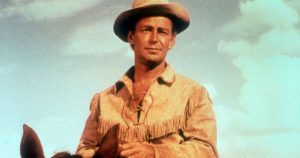
6. The scene where Alan Ladd practices shooting in front of Brandon De Wilde took 119 takes to complete.
7. Jack Palance had problems with his horse during filming. When Shane and Jack first look each other over at the Starrett Ranch, Palance was supposed to dismount for a minute, then remount his horse. He could not remount, so the director had Jack dismount his horse slowly, then ran the movie in reverse for the remount.
8. Jean Arthur was 50 years old when she played Marian Starrett. She was ten years older than Emile Meyer, who played the grizzled old cattle baron Rufus Ryker. Arthur wore heavy make up and a wig in the movie.
9. According to the commentary on the DVD, during the scene where Shane and Joe are fighting in the corral, the tied horses were supposed to panic. To instill hysteria in the horses, director George Stevens had two men dress in bear costumes to scare them.
10. Meticulous care was taken at all levels of production. All the physical props were true to the period, the building were built to the specification of the time and the clothing was completely authentic. Director George Stevens even had somewhat scrawny-looking cattle imported from other areas, as the local herds looked too well-fed and healthy.
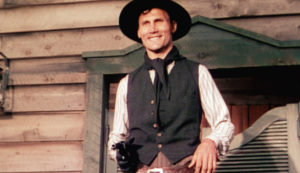
11. Shane is the first flat widescreen color Western. Although shot in 1.37:1 Academy ratio, the studio dictated that it be cropped in the movie projector to compete with the new CinemaScope format. The music was also recorded in stereo.
12. Van Heflin and Alan Ladd became firm friends during the making of the movie. In later years, Heflin’s wife said one of the very rare times she ever saw her husband cry was when he learned of Ladd’s premature death.
13. Filmed between late July and mid-October, 1951, the movie was held back until its Manhattan premiere at Radio City Music Hall on August 21, 1953, due to director George Steven’s extensive editing.
14. At the time of filming, Jack Palance wasn’t comfortable with horses. The one good mount he achieved during the numerous takes was used in the movie.
15. During the bar fight between Shane and Calloway, the off-screen voice that says, “knock him back to the pig-pen,” is that of director George Stevens.
16. Alan Ladd was only 5’6”, which had to be compensated for. When he is in scenes with Van Heflin, the two are about the same height, although Heflin was far taller. When Ladd is shown with Jean Arthur, he is perhaps a bit taller than she, yet when he’s shown with her, he appears much taller.
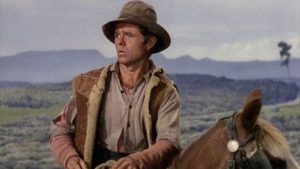
17. Katharine Hepburn was originally suggested for the role of Marian.
18. Shane was originally scheduled for 28 days of shooting in Jackson Hole, Wyoming, and 20 at the studio with a budget of $1.9 million. It finished after 75 days of shooting at a cost of over $3 million.
19. Shane’s fancy gun twirling in the climactic showdown was actually performed by Rodd Redwing. Earlier, when Shane demonstrated his prowess for Joey, and it’s clearly Alan Ladd himself on camera, the actor had been given a different, easier to use revolver for the scene.
20. Jean Arthur, a committed animal lover, took it upon herself to personally inspect the conditions that the movie’s roster of livestock were being kept in. If they weren’t up to her satisfaction, she would ensure that the matter was corrected.
21. The music cues for the climactic ride that Shane takes to the showdown are from an earlier Paramount movie, Rope of Sand.
22. The scenes of Joey chasing after Shane when he rides off to the final battle, and the classic subsequent, “come back Shane!”, scene happen in the dead of night in the movie, but in the accompanying trailer on current home video releases, the scenes are shown happening during broad daylight.
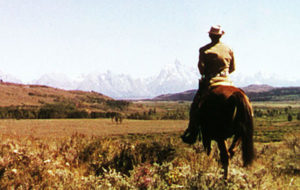
23. Director George Stevens didn’t like the way composer Victor Young had scored the saloon showdown, so he substituted music that Franz Waxman had used in Rope of Sand.
24. Although the movie is generally remembered for its blue sky vistas, the weather was actually cloudy or rainy for the majority of the shoot. However, if you look beyond the mud in the town, you can see that the ground is dry. Obviously, part of the town had been watered down.
25. Alan Ladd, who was under contract to Paramount, earned $145,000 for the movie, while Jack Palance earned $12,500 for 10 weeks work.
26. When Jack Palance died in 2006, he was the last living billed cast member.
27. Jack Elam said in a 1987 interview with David Letterman that he turned down the role of Jack Wilson, which he subsequently regarded as a mistake.

